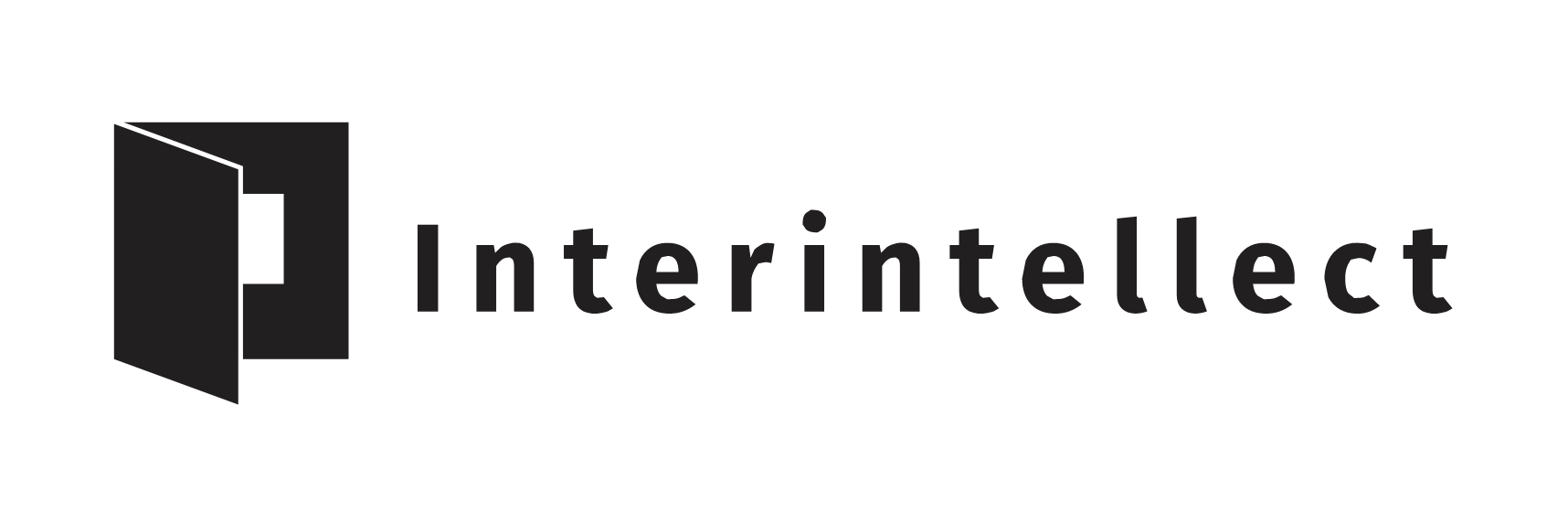Lori Dunlap is a mother of two grown homeschooled sons and author of, “From Home Education to Higher Education.”
Please enjoy her thought piece (originally published on Lori’s Substack, ReThinking Wisdom), “With Almost 4 Million Homeschoolers in the United States, It’s Time to Dismantle ‘Homeschooling'” and join us for her upcoming Salon, “ReThinking K-12 Education.”
Happy Reading!
—ii Editorial
As with most sandstorms, there was a thunderstorm that preceded it, which in this case was COVID. But the dust and debris of teacher dissatisfaction, stagnant or falling test scores, and student disengagement were scattered around the educational landscape before COVID. Now, they have been picked up by the storm and are blowing against the edifices of our educational system.
For the first time in decades, it appears that we may be at the beginning of a fundamental reshaping of K-12 education in the United States.
In the midst of any storm it can be hard to see clearly what is happening. Predicting what will remain and the long-term impacts of the storm can be harder still. However, I believe there’s one aspect of this storm that provides some interesting hints about what the educational landscape may look like soon: the number of families who are embracing homeschooling.
The number of homeschoolers in the United States has exploded during COVID. In 2019, prior to the pandemic, approximately 2.8 percent of K-12 students in the US were homeschooled; by August of 2021, that percentage nearly doubled to 5.4 percent. Early reports for the 2022 school year show that the number of families who report homeschooling their children has only slightly fallen, with many parents reporting that they plan to continue homeschooling permanently.
It appears that homeschooling is now mainstream, and it’s probably here to stay.
As a parent who educated both of my sons at home, I’m thrilled. I know first-hand the benefits of personalized, self-directed education. If this shift in the educational landscape endures, it represents one of the most significant changes in K-12 education in our lifetimes. It shows that the power to reshape our educational system was always at the grassroots level, with families, and not with those at the top of the educational system who claimed authority.
(Note: This isn’t to say that I don’t support or respect teachers or many of the school leaders trying to improve the system from within – I do. I have a huge amount of appreciation for those who have dedicated themselves to educating children, and believe that a strong public education system is critical to society. That’s an entirely separate article, though, so stay tuned for more on this subject.)
Our top-down industrial approach to education seems to be giving way to a more flexible and personalized approach to education.
Ideally, this new emerging educational landscape will focus less on outcomes (GPAs, test scores, awards) and more on learning methods that inspire engagement for each student – method over results. Because each student has different abilities, interests, and goals, and because each of these can change over time, our methods need to be flexible, based on learning science, and embedded in a student-centered culture of ownership and accountability.
To some this may sound vague or idealistic. However, consider the possibility that the homeschooling community has served as something of an “education R&D lab” over the past few decades, showing that this idealized version of education is entirely possible. Contrary to popular media depictions of isolated homeschoolers sitting at a kitchen table doing worksheets all day, the truth of homeschooling is quite different.
It’s time to dismantle the incorrect view of homeschooling.
Would it surprise you to hear that of the top five reasons families choose to homeschool their children, “religious instruction” is last on the list? In fact, most families choose to withdraw from the traditional education system because they want to provide richer learning experiences for their children that frequently involve:
- Traveling (like visiting historical sites, places in nature, or “worldschooling”)
- Connecting with their communities (volunteering, workshops, learning co-ops)
- Exploring areas of interest more deeply (long-term, self-directed projects)
- Developing skills that will serve them into adulthood (communicating with a wide array of people, navigating ambiguity, taking creative risks)
In short, “homeschooling” is a misnomer – most of these learners spend very little time at home.
For parents who have embraced alternative learning models for their children, the typical day looks very different from family to family. Some prefer a more structured approach, others opt for almost no structure, and many choose something in the middle, a hybrid of structure and self-directed activities. Whatever their approach, though, almost every family in this community has impressive and compelling stories to tell about the benefits of leaving traditional education.
So, as the storm continues to blow and as learning options like co-ops, pods, online classes, learning badges, charter schools, and micro schools continue to emerge and evolve, it’s clearly time to dismantle the outdated concept of “homeschooling.” The experience rarely looks like “school” and frequently happens out in nature, community spaces, and the broader world. Let’s take this opportunity to think more broadly about the possibilities and create a new landscape for the future of education.

